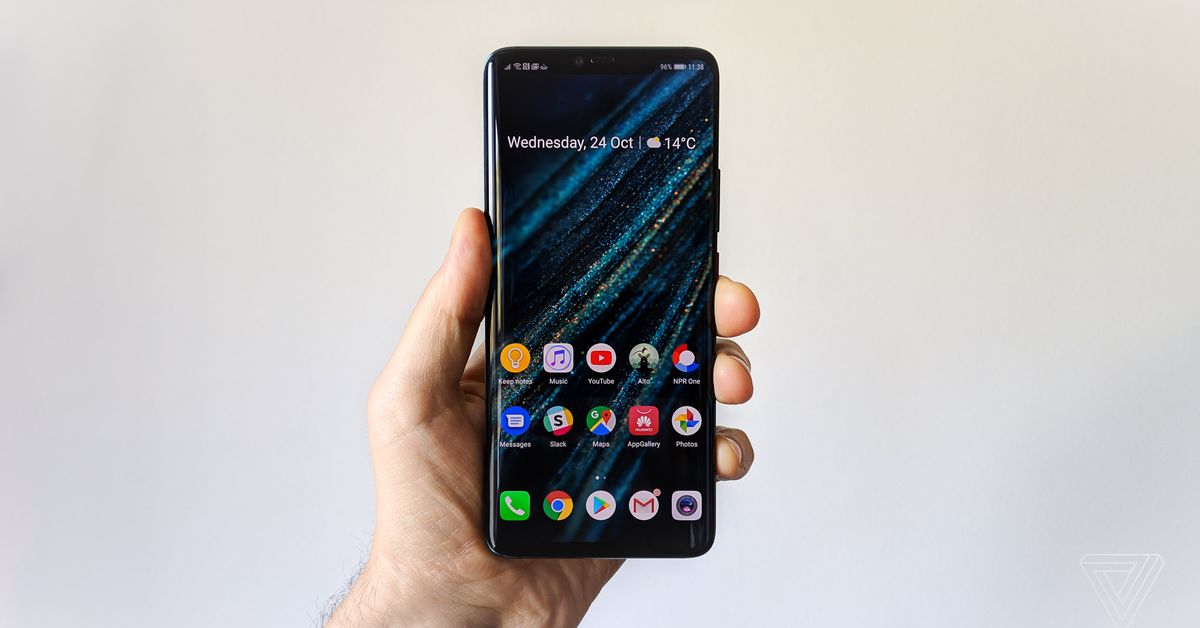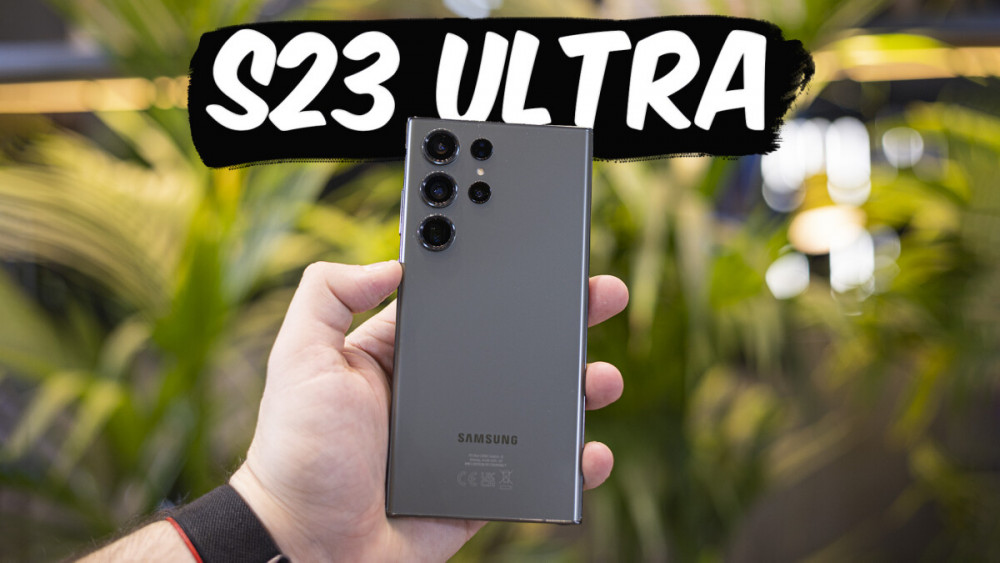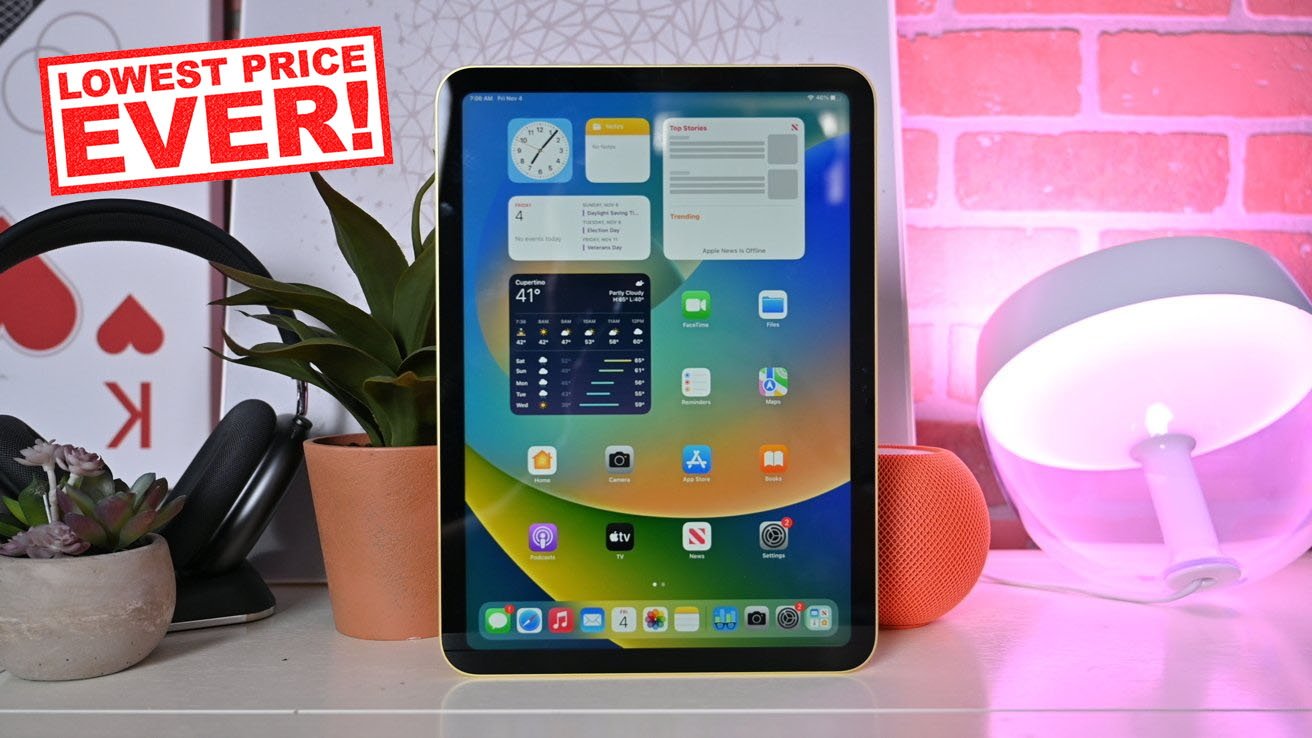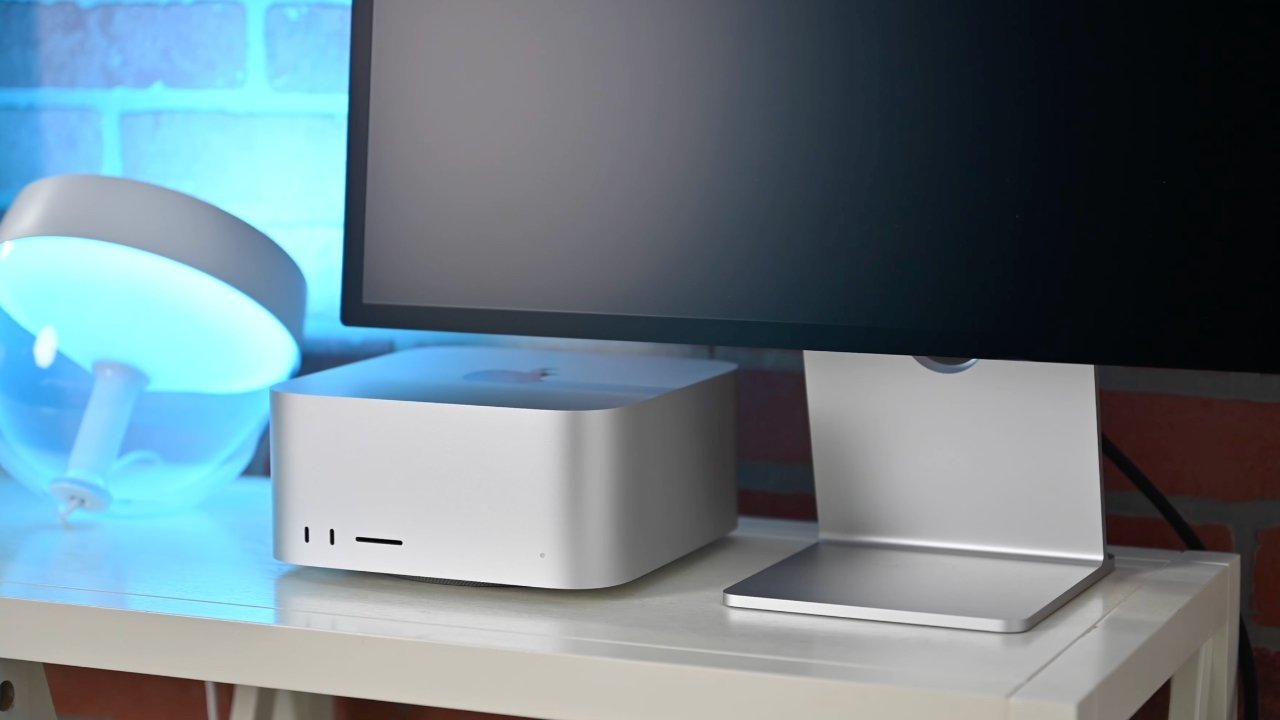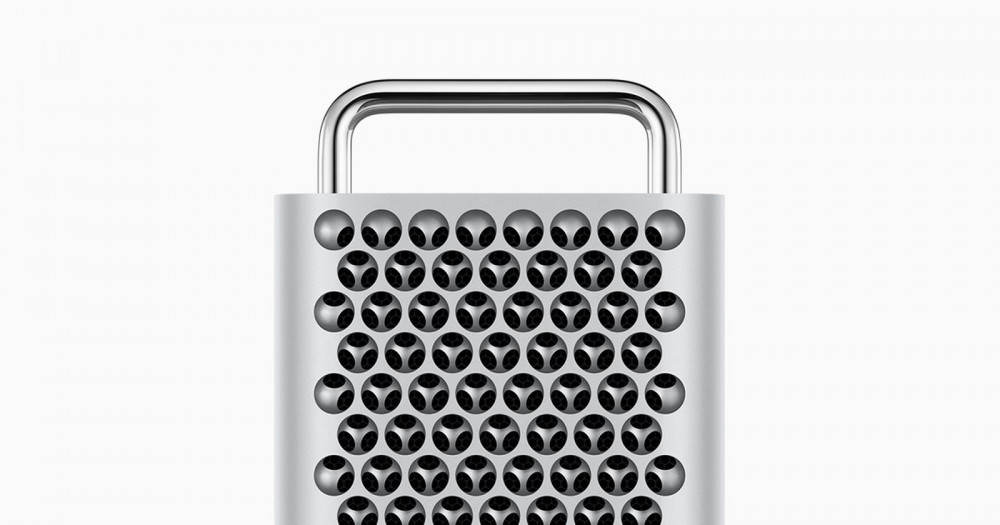From the processor with 6.9 billion transistors, LTE, and bag of world-first achievements, to the fast wireless charging, battery, waterproof design, in-display fingerprint scanner, 3D face unlock, high-resolution OLED display, multi-camera system, and tons of RAM and storage, it's absolute waterfall of check marks..
Now that Google has released Pixel USB-C earbuds for $30 and wireless headphones have improved, I'm less worried about the missing 3.5mm jack than I was when Apple rushed into the idea with iPhone in 2016.
Google and Samsung's big-boy phones, along with Apple's iPhone XS Max, are the recent and direct competition that Mate Pro is going up against, and I'll compare against Pixel XL and Note 9.
But Huawei has extra trick up its sleeve with Natural Tone mode, gauging the ambient light and adjusting the temperature of the screen accordingly, giving paper-like viewing experience..
You'll have noticed the notch on Mate Pro looks lot like that on iPhone X series, and there's good reason for it Huawei's using the technique as Apple's Face ID in new system the company calls 3D Face Unlock.
I compared it extensively against Pixel XL and Galaxy Note 9, and I found that Huawei's hardware just does not have the dynamic range of the other two.
With Mate Pro, Huawei set the goal of beating Galaxy Note 9, and I'm little surprised to conclude that Huawei has succeeded.
that still makes this phone's from American market real loss.
This year has seen LG and HTC extend their fade from relevance, and American consumer is picking between Apple or Samsung of smartphone, with Google's Pixels and maybe OnePlus devices showing up as outsider choices..
Read more
